 Attachment Research Says It's Okay To Throw Pine Cones At Your Kids
Attachment Research Says It's Okay To Throw Pine Cones At Your KidsI was at the park the other day throwing pinecones at my kids when a horrified mother asked, ...
 Why Calvin's Dad Rocks At Explaining Science To Children
Why Calvin's Dad Rocks At Explaining Science To ChildrenGary Larson tapped into the universal absurd. Charles Schulz helped us identify with the underdog...
 A New Kind Of Reward Teaches Intrinsic Motivation
A New Kind Of Reward Teaches Intrinsic MotivationI would like for my son, Leif, to play the violin. I’m a serious ex music geek and so in addition...




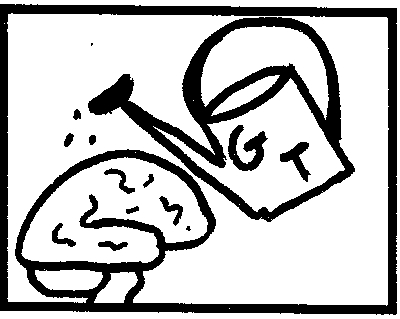
 Yesterday,
Yesterday, 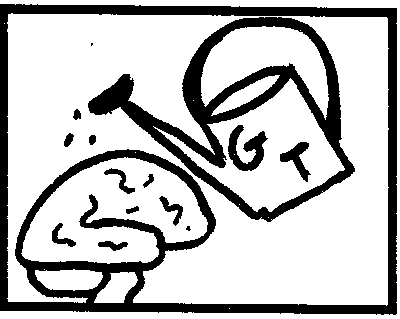
 Everyone loves the El Farol Bar in Santa Fe, New Mexico (especially W. Brian Arthur, who wrote this puzzle in 1994).
Everyone loves the El Farol Bar in Santa Fe, New Mexico (especially W. Brian Arthur, who wrote this puzzle in 1994).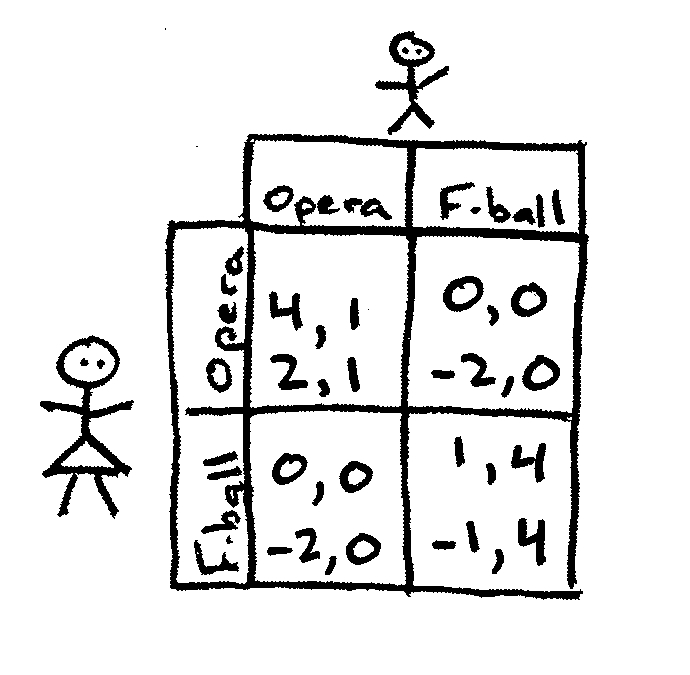
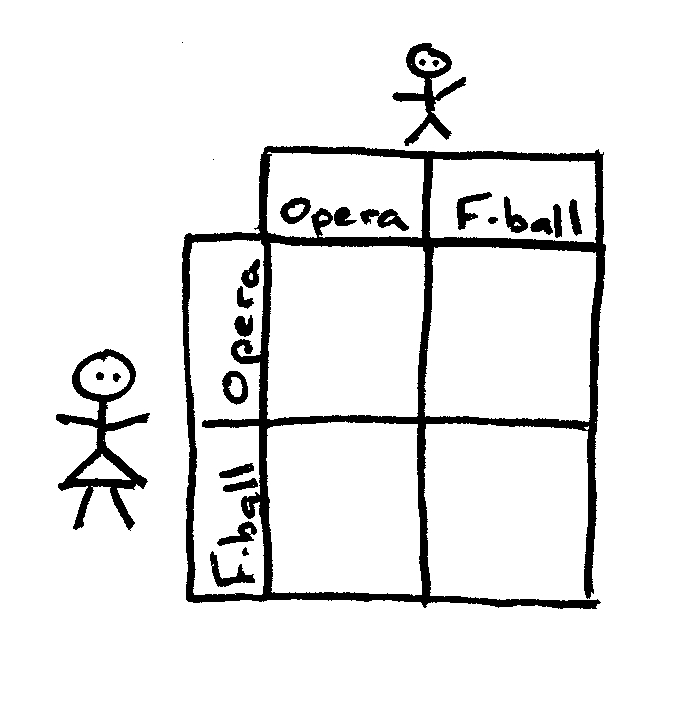


 Have you heard about HOTorNOT.com? It's perhaps the most superficial of all superficial dating site, allowing members to vote on other members' attractiveness and promoting dating decisions based almost solely on attractiveness scores. (You carry your own attractiveness score with you and how hot you are becomes part of your profile.)
Have you heard about HOTorNOT.com? It's perhaps the most superficial of all superficial dating site, allowing members to vote on other members' attractiveness and promoting dating decisions based almost solely on attractiveness scores. (You carry your own attractiveness score with you and how hot you are becomes part of your profile.)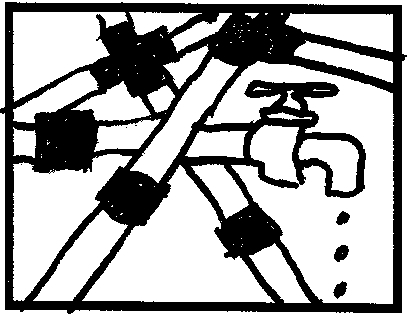
 Okay, in the past two days we've seen that our memories are malleable. We can easily be made to misremember, and easily be made to adopt memories of things that never happened. But what actually goes on in our brains as we code bad information? Can we see misinformation taking hold?
Okay, in the past two days we've seen that our memories are malleable. We can easily be made to misremember, and easily be made to adopt memories of things that never happened. But what actually goes on in our brains as we code bad information? Can we see misinformation taking hold?